-
200+ NBDHE practice questions with detailed answers
-
Expert study tips and strategies for effective preparation
-
Covers key topics: oral pathology, radiology, and patient management
-
Updated 2025 content aligned with NBDHE standards
-
Includes case-based questions for real-world application
-
Proven methods to boost exam performance and confidence
-
Ideal for dental hygiene students seeking licensure
Preview
1. Each of the following oral microorganisms could colonize soft tissue EXCEPT
one. Which one is this EXCEPTION?
A. Neisseria sicca
B. Candida albicans
C. Streptococcus mitis
D. Streptococcus mutans
E. Streptococcus salivarius
Correct Answer: D. Streptococcus mutans
Rationale:
• Streptococcus mutans primarily colonizes hard surfaces such as enamel and is
heavily implicated in dental caries, not soft tissues.
• Neisseria sicca, Candida albicans, Streptococcus mitis, and Streptococcus
salivarius can colonize soft tissues like the tongue, cheeks, or mucosa.
2. The virus responsible for which of the following diseases is the MOST resistant to
chemical and physical agents?
A. AIDS
B. Herpes
C. Measles
D. Influenza
E. Hepatitis
Correct Answer: E. Hepatitis
Rationale:
• Hepatitis viruses, particularly Hepatitis B, are highly resistant to heat,
desiccation, and many disinfectants.
• HIV (AIDS) is easily inactivated outside the body.
• Herpes, measles, and influenza viruses are all enveloped and generally less
resistant to environmental stressors.
3. Root hypersensitivity diminishes as the tooth forms which of the following?
A. Mantle dentin
B. Secondary dentin
C. Cellular cementum
D. Acellular cementum
Correct Answer: C. Cellular cementum
Rationale:
• Cellular cementum covers the apical portion of the root and helps protect
dentinal tubules, reducing hypersensitivity.
• Mantle dentin and secondary dentin are involved in dentinogenesis, but don’t
directly reduce root sensitivity as cellular cementum does.
• Acellular cementum is found at the cervical portion and is more involved in
tooth anchorage than sensitivity reduction.
4. A 21-year-old woman, third trimester pregnancy, has a 3 mm pyogenic
granuloma. After oral hygiene instructions, the NEXT step is:
A. Perform an oral prophylaxis.
B. Suggest that the patient see a periodontist.
C. Refer for excision of the granuloma.
D. Wait for hormonal influences to subside.
E. Reappoint one month later.
Correct Answer: A. Perform an oral prophylaxis
Rationale:
• A conservative approach is best during pregnancy. Professional cleaning can
reduce local inflammation and potentially shrink the granuloma.
• Referring for excision or periodontist consultation may be premature.
• Waiting or reappointing later delays treatment that could relieve symptoms
with minimal risk.
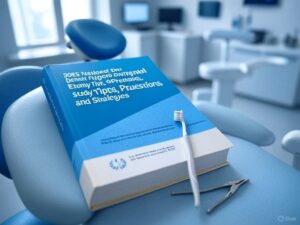
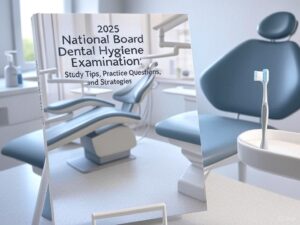


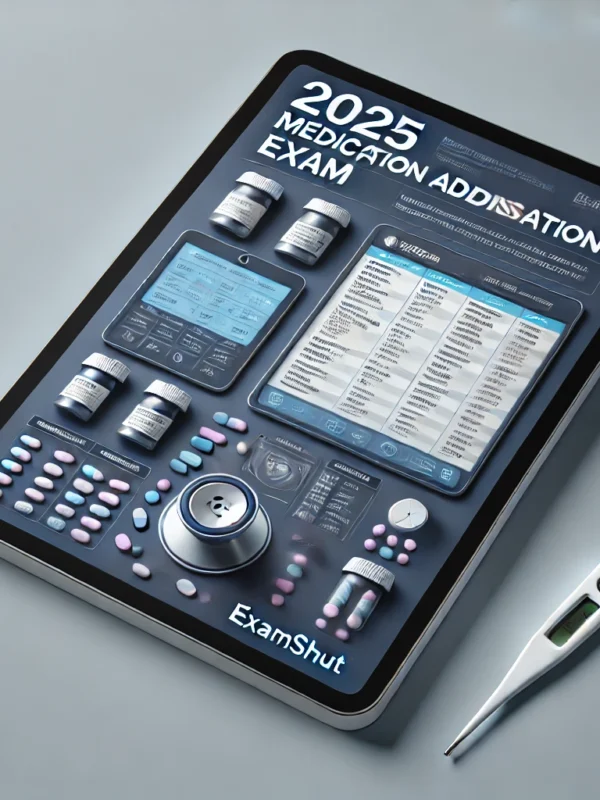
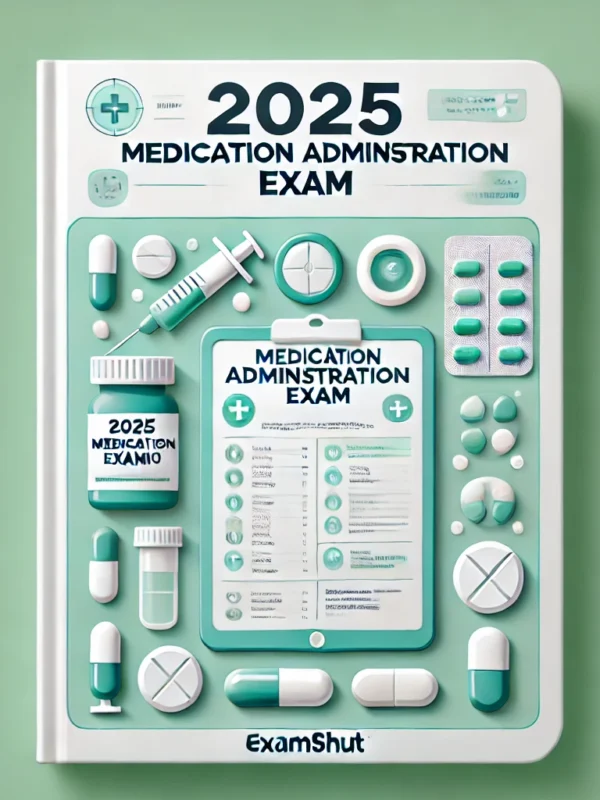

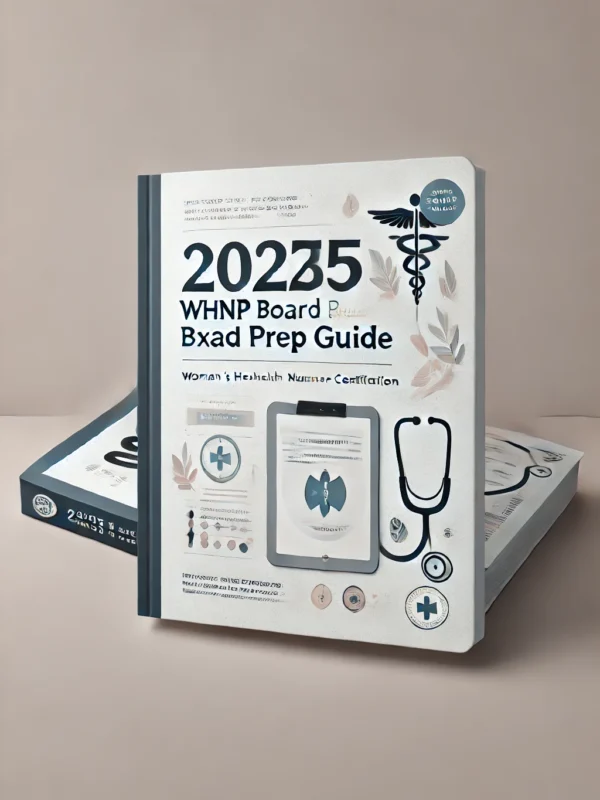

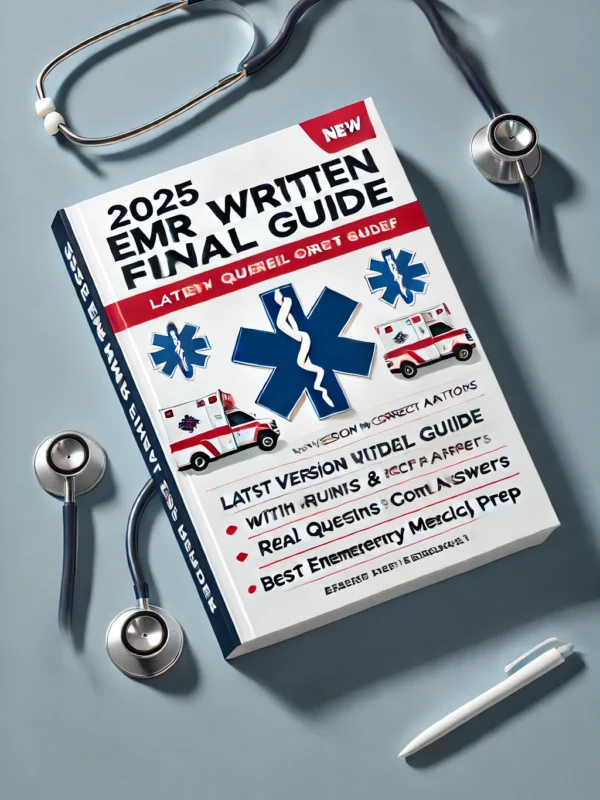
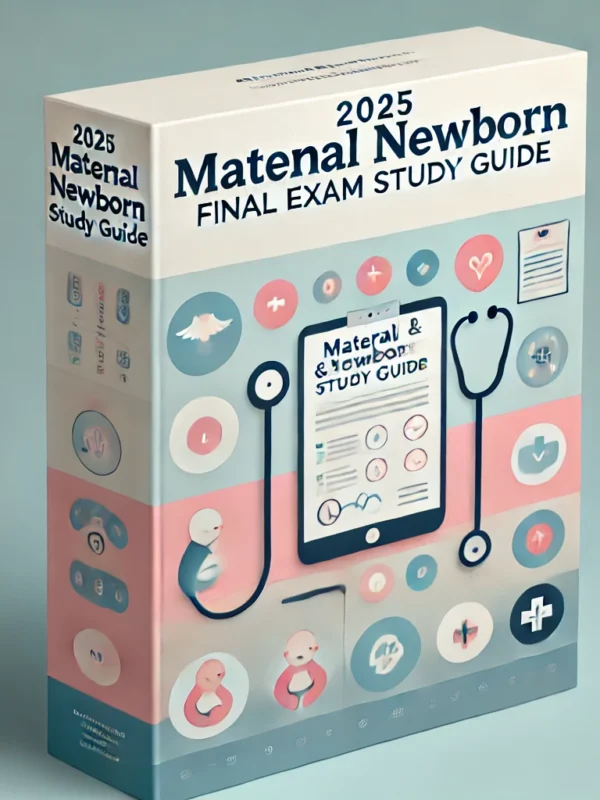
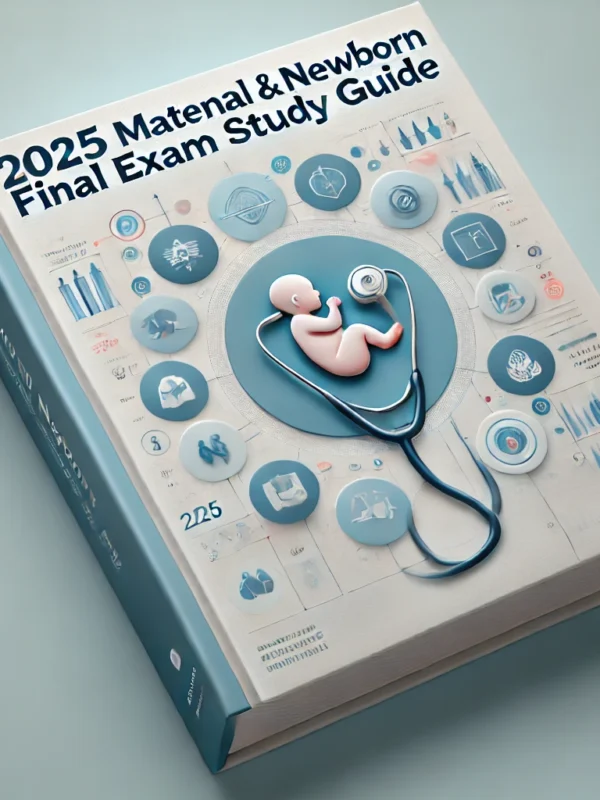
Reviews
There are no reviews yet.